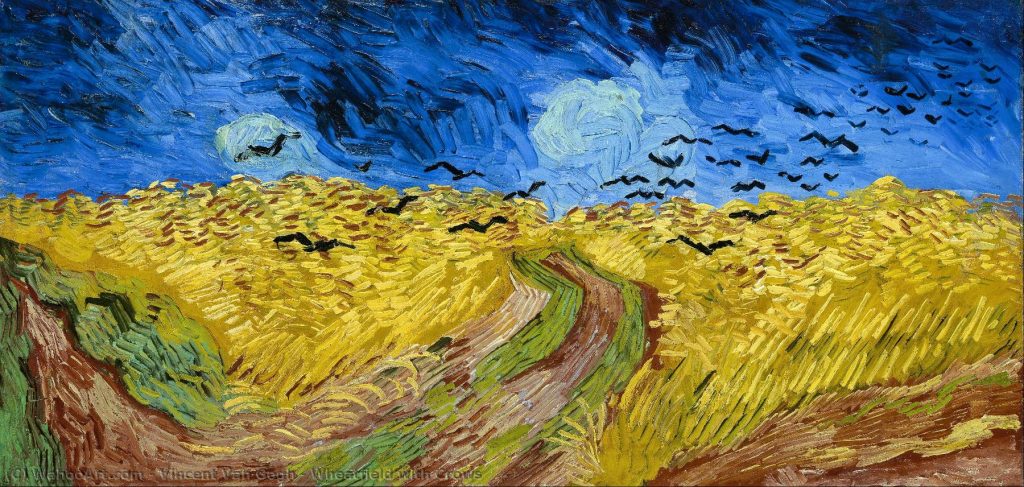
Van Gogh in Auvers-sur-Oise: The Final Months
Musée d’Orsay – Oct 03 to Feb 04, 2023 Paris (France)
Vincent Van Gogh arrived in Auvers-sur-Oise on May 20th 1890 and died there on July 29th following a suicide attempt. Although the painter only spent a little over two months in Auvers, the period was one of artistic renewal with its own style and development, marked by the psychic tension resulting from his new situation as well as by some of his greatest masterpieces.
Dr Gachet.
Sorely tried by the various crises suffered in Arles and then at the asylum in Saint-Rémy, Van Gogh decided to settle near Paris and his brother Théo in an attempt to find fresh creative energy. The choice of Auvers had much to do with the presence there of Dr Gachet, a physician specializing in the treatment of melancholia who was also a friend of the impressionists, a collector and an amateur painter. Van Gogh moved to the Ragout Inn in the village centre and explored every aspect of the new world in front of him, while struggling with the many anxieties connected with his health, his relationship with his brother, and his place in the art world.
74 paintings and 33 drawings.
No exhibition has previously been exclusively devoted to this final yet crucial stage in his career. In just two months, the artist produced 74 paintings and 33 drawings, including some iconic works: Portrait of Dr Paul Gachet, The Church at Auvers, and Wheatfield with Crows. Comprising some forty paintings and around twenty drawings, the exhibition will highlight this period thematically: first landscapes featuring the village, portraits, still lifes, and landscapes depicting the surrounding countryside. It will also present a series of paintings in elongated double-square format, unique in Van Gogh’s body of work.

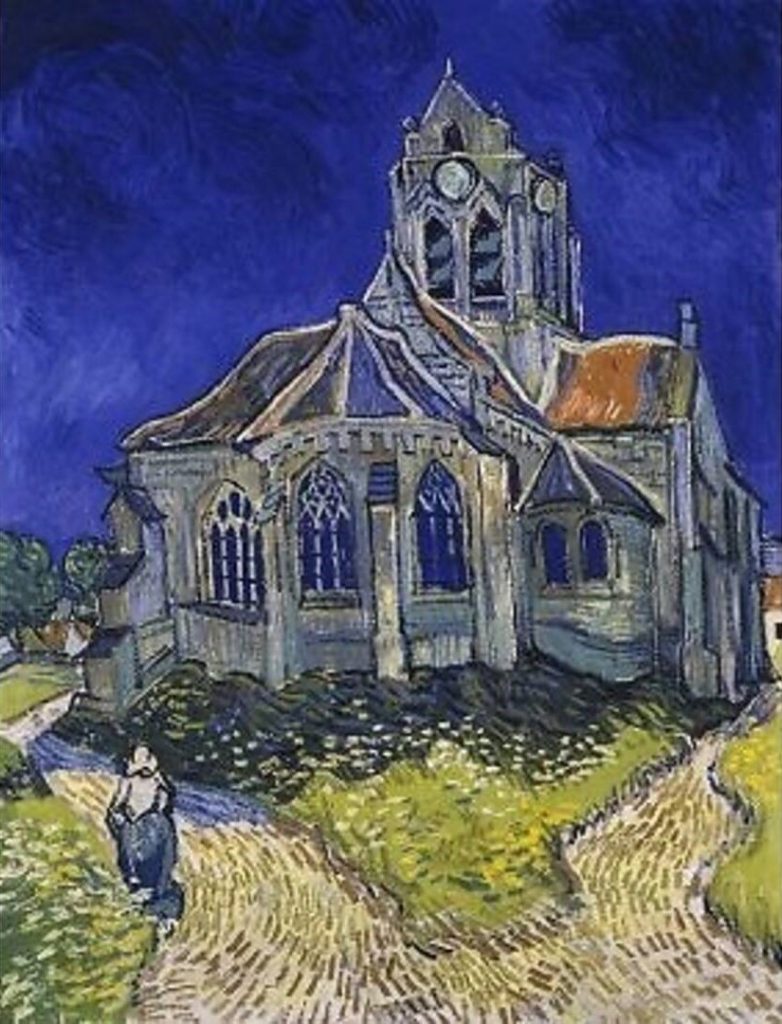
Musée d’Orsay→ 1 rue de la Légion d’Honneur 7e – Paris, France 75007
◊
Use our Art Geolocation App

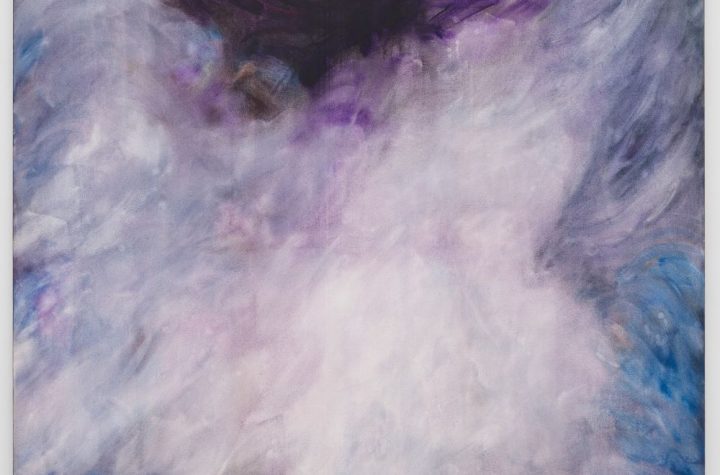
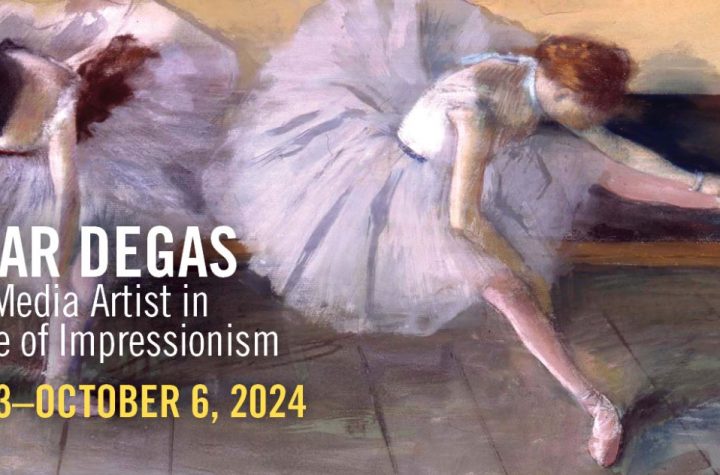
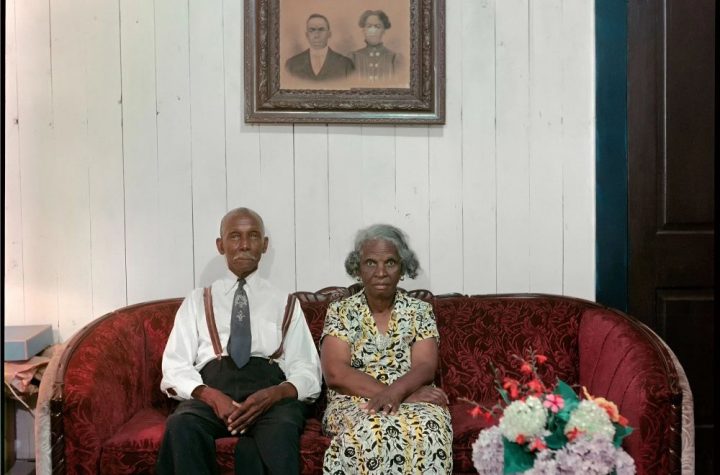

More Stories
Yoko Matsumoto: Darkness Against Nature
Edgar Degas: Multi-Media Artist in the Age of Impressionism
Gordon Parks